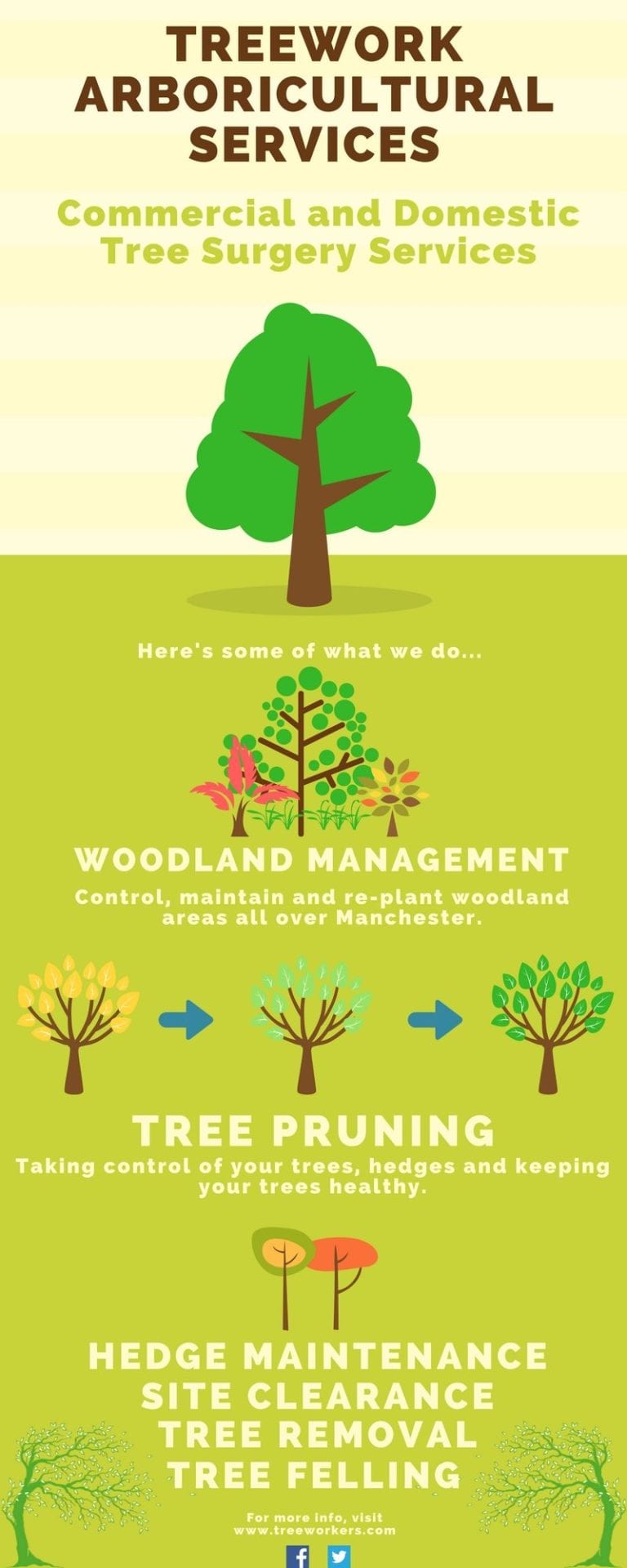Indication For Tree Removal: Just How To Discover Dangerous Trees
Indication For Tree Removal: Just How To Discover Dangerous Trees
Blog Article
Material Writer-Vogel Skovsgaard
When it concerns tree care, acknowledging the signs that it's time for elimination is essential for your safety and property. You might observe tarnished leaves, wilting branches, or strange fungal developments indicating illness. Architectural problems, like a considerable lean or fractures in the trunk, can likewise posture threats. Comprehending these indication can assist you make notified decisions concerning your trees and stop prospective risks prowling in your yard. What should you seek following?
Indications of Decay and Condition
When you observe signs of degeneration and condition in your trees, it's critical to act rapidly. Look for blemished leaves, wilting branches, or uncommon developments like fungus. These can show that your tree is having a hard time.
If you see fractures in the bark or soft, mushy wood, these symptoms suggest interior decay. Additionally, an unexpected rise in pests around your tree can indicate that it's compromised and at risk.
Look for any dead or dying arm or legs, as they posture a risk to your property and safety and security. If you're uncertain about what you see, seeking advice from an arborist can supply quality.
Resolving these indicators early can conserve you from extra comprehensive damages and guarantee the wellness of your backyard. Don't wait until it's too late.
Structural Instability and Leaning
As you observe your trees, watch out for any indications of structural instability or leaning. If visit their website leans dramatically, it may suggest that the root system is endangered.
Search for any type of fractures in the trunk or soil around the base; these can signify prospective failing. In addition, check for uncommon growth patterns, like an uneven crown, which might suggest that the tree is having a hard time to hold itself upright.
If you notice that the tree leans toward your home, power lines, or other structures, it positions a higher risk. Don't ignore these indications-- seek advice from an arborist to assess the scenario.
Acting early can stop costly damages and ensure your security.
Dead or Perishing Branches and Foliage
If you observe dead or dying branches and foliage on your tree, it's a clear indication that something's incorrect.
These undesirable areas can suggest underlying concerns like illness, bug invasions, or environmental anxiety. When branches shed their leaves or transform brownish, they're no more contributing to the tree's health. Disregarding these signs might bring about additional decline, making your tree a lot more dangerous.
Dead branches can conveniently break short during storms, positioning a risk to home and individuals nearby. It's important to assess the level of the damage.
If the trouble impacts a considerable part of the tree, take into consideration consulting a professional. They can aid establish if elimination is necessary to ensure security and maintain the elegance of your landscape.
Final thought
If you discover any type of signs of degeneration, architectural instability, or dead branches on your trees, do not overlook them. These signs can posture severe security risks to you and your residential property. browse this site 's always best to speak with an expert arborist who can provide a specialist assessment of your trees. Taking action early can protect against accidents and costly damage, guaranteeing your landscape remains risk-free and healthy. Remember, it's better to be proactive regarding tree care than to wait on a catastrophe to occur.
